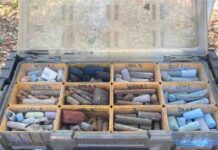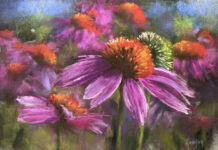By Emma Colbert
George Seurat’s A Sunday on La Grand Jatte was first seen by the public in the eighth and final Impressionist exhibition in 1884. This piece shows pointillism at its best and is impressive when seen in person. But that’s not how I first explored this painting.
Many museums have fantastic websites where you can zoom in on master paintings in super detail. Before I got a chance to visit much art in person, I would sit and explore them in digital form. This painting in particular blew my mind when I looked closely. I would say that it’s by no means my favourite painting in the world, probably not even in my top 10. But it’s maybe had the biggest impact on my work.
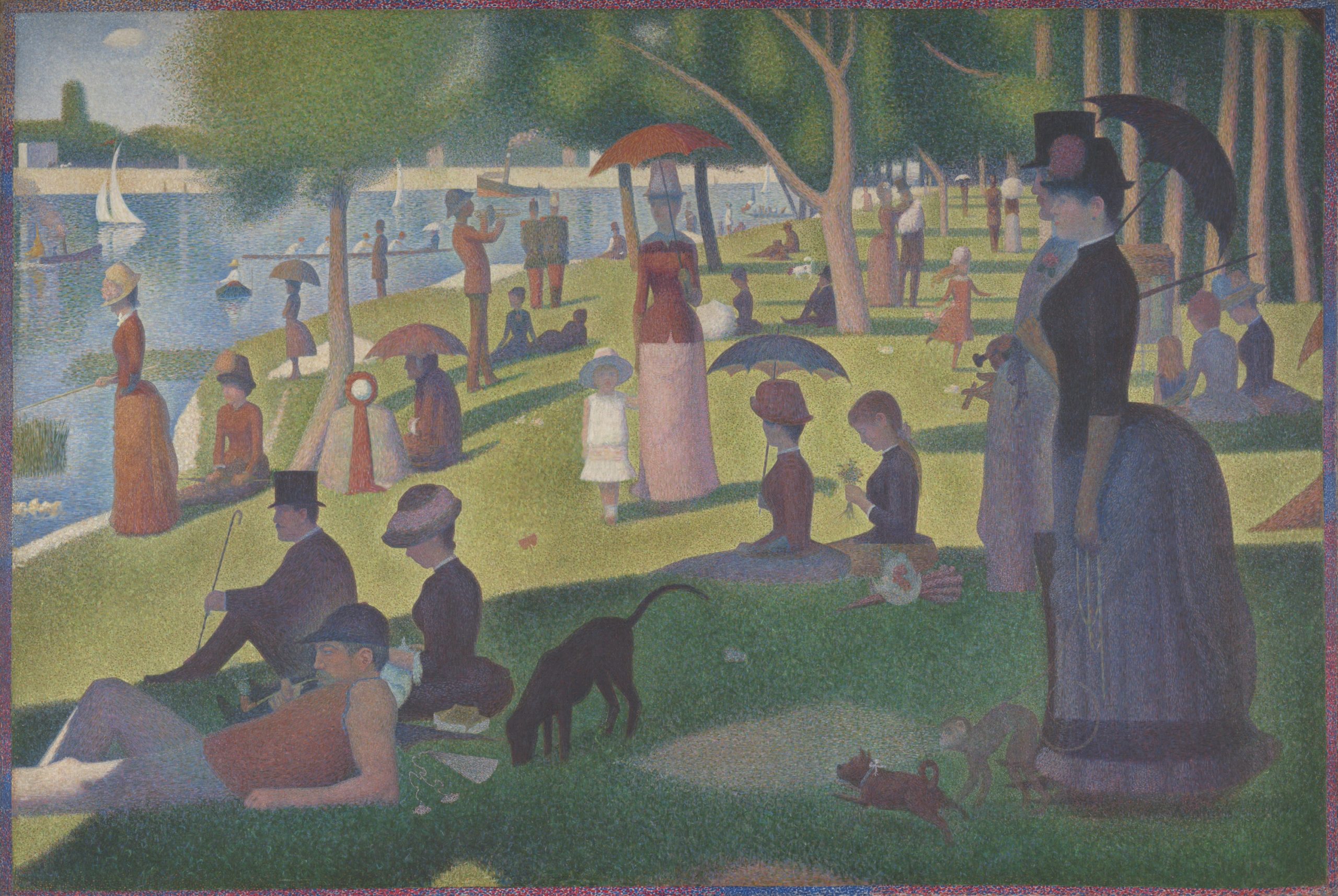
I had tried to educate myself more through documentaries and books but still did not fully understand how I could use color theory in my work. Because Seurat didn’t mix the colors, but rather placed dots of color next to each other, it meant I could clearly see how the complementary colors worked together. Light bulb moment! Seurat’s painting was like color theory for dummies and I finally trusted myself to push and play with color. I remember sitting with my laptop and this painting zoomed right in, laughing as I found complementary colors dotted everywhere. It was like seeing how a magician’s tricks were done.
Years later I managed to see the painting in person when I visited London and from across the large gallery space, my eyes did the color mixing. When I got closer I could see the individual colors. It was truly like magic.
Paint along with Emma Colbert at Pastel Live in August!
All of the Impressionist paintings were an education in color theory to me. After that moment my relationship with color changed in my work and although I don’t paint in an Impressionist style, the theory worked in my more realistic style too, be it in a more subtle way.
I wanted to share a very old piece from when I had just graduated as an illustrator and was starting my journey into pastel portrait commissions. Here I’m only using browns and greys and it looks rather dull. I’m also using cheap pastels and basic Ingres paper.
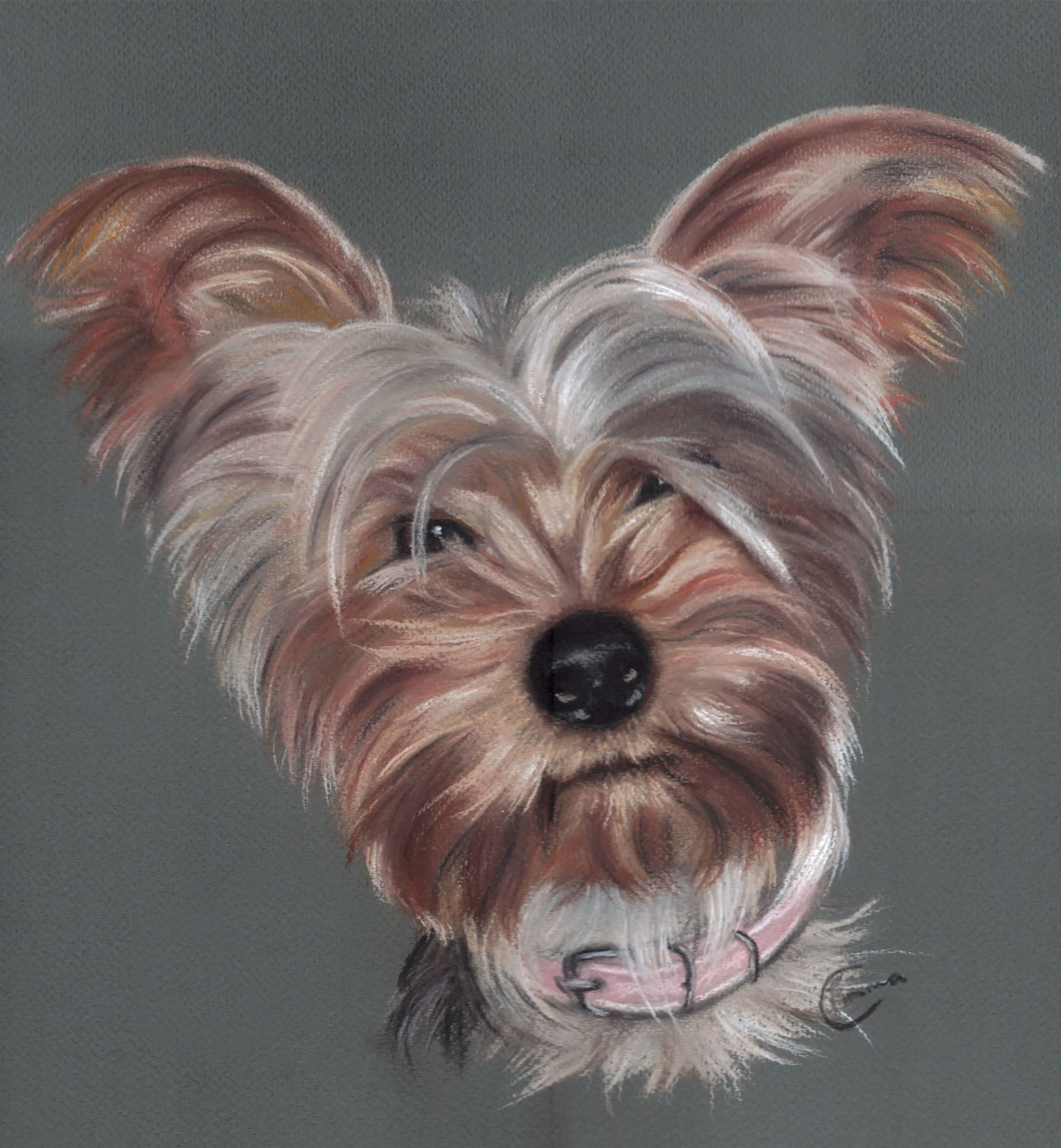
After color theory clicked with me, I went on a bit of a color binge like a child in a sweet shop. A lot of my work these days used complementary colors and quite obviously puts separate marks next to each other. I was playing with how far I could push it and still get a realistic outcome. These two were done on Velour paper and with the Unison Colour pastels, I had now invested in.
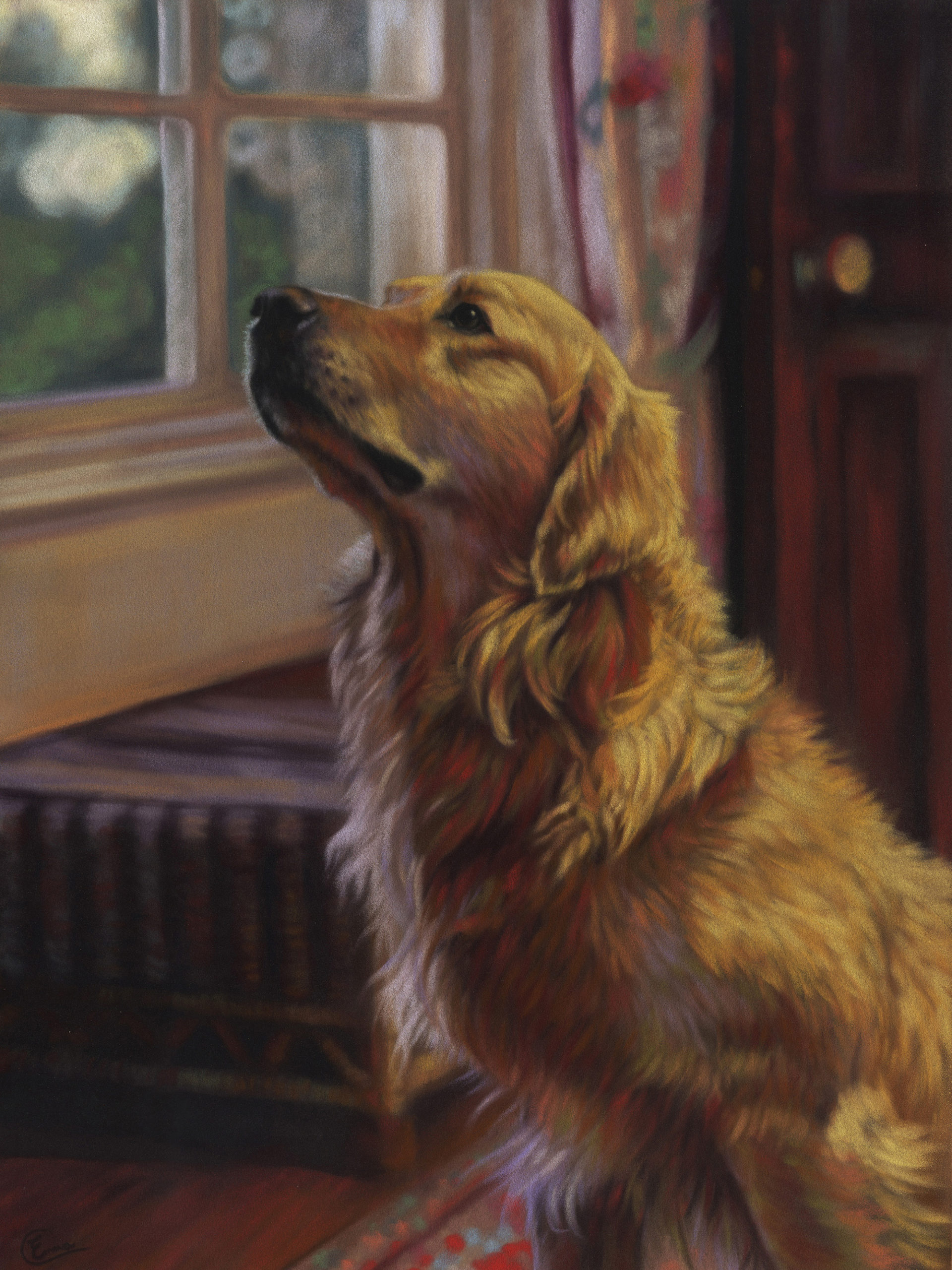
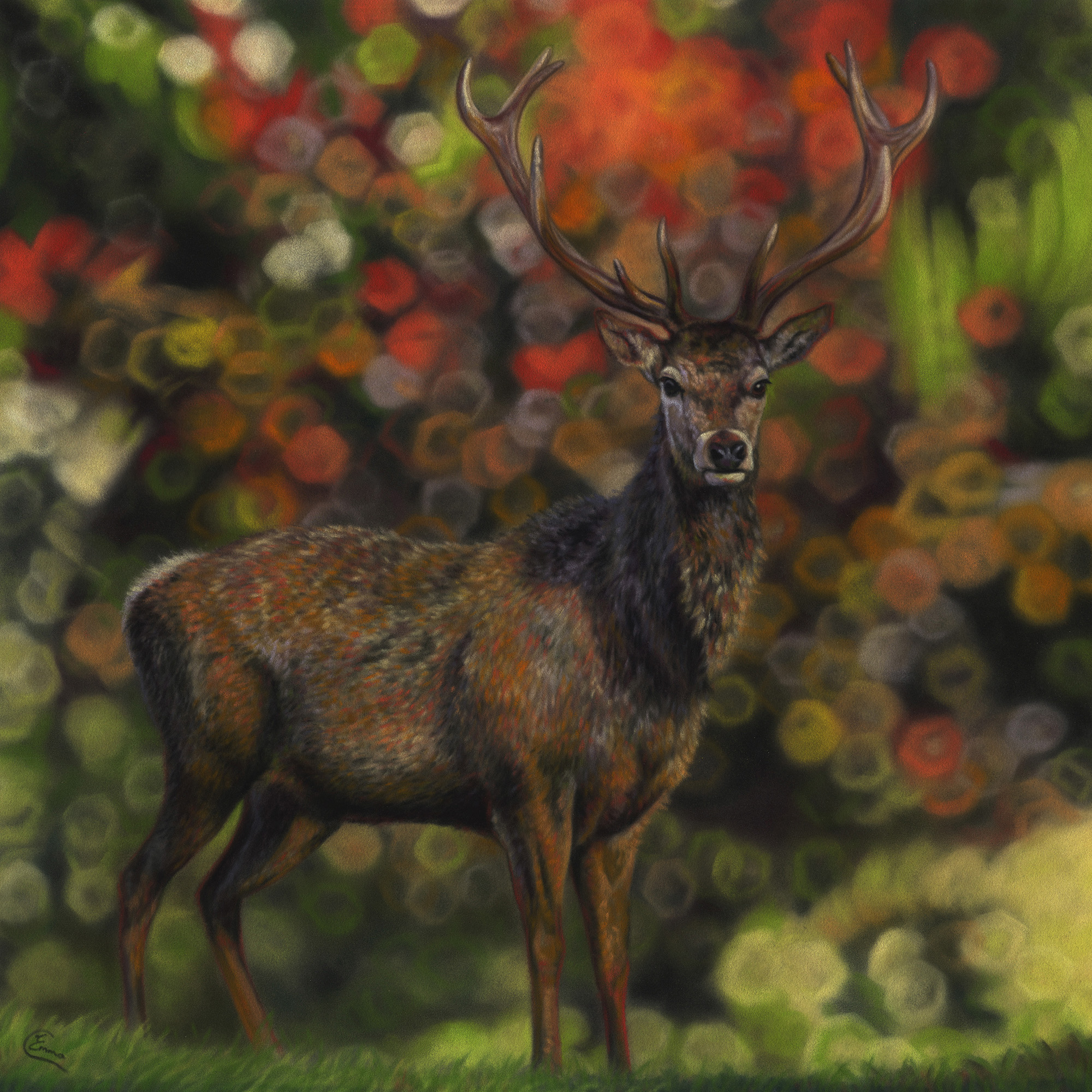
These images are more recent. I’m using different papers in these so my work has a slightly different appearance for that reason. But I’m also using color theory much more subtly now. It’s the in-between tints and shades where I try to inject those colors now. My favourite color combination is yellow and purple. You can see that influence in both of these paintings.
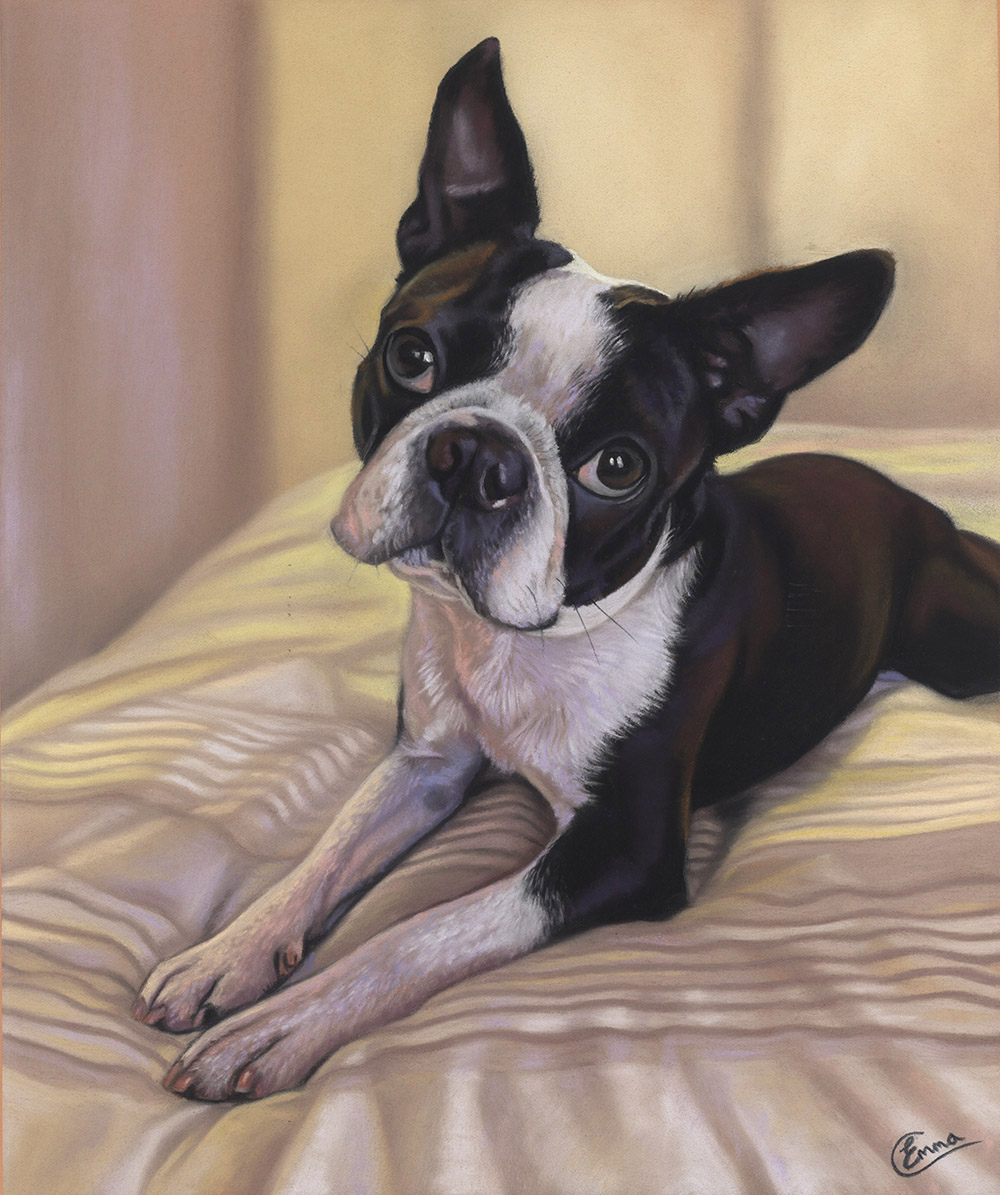
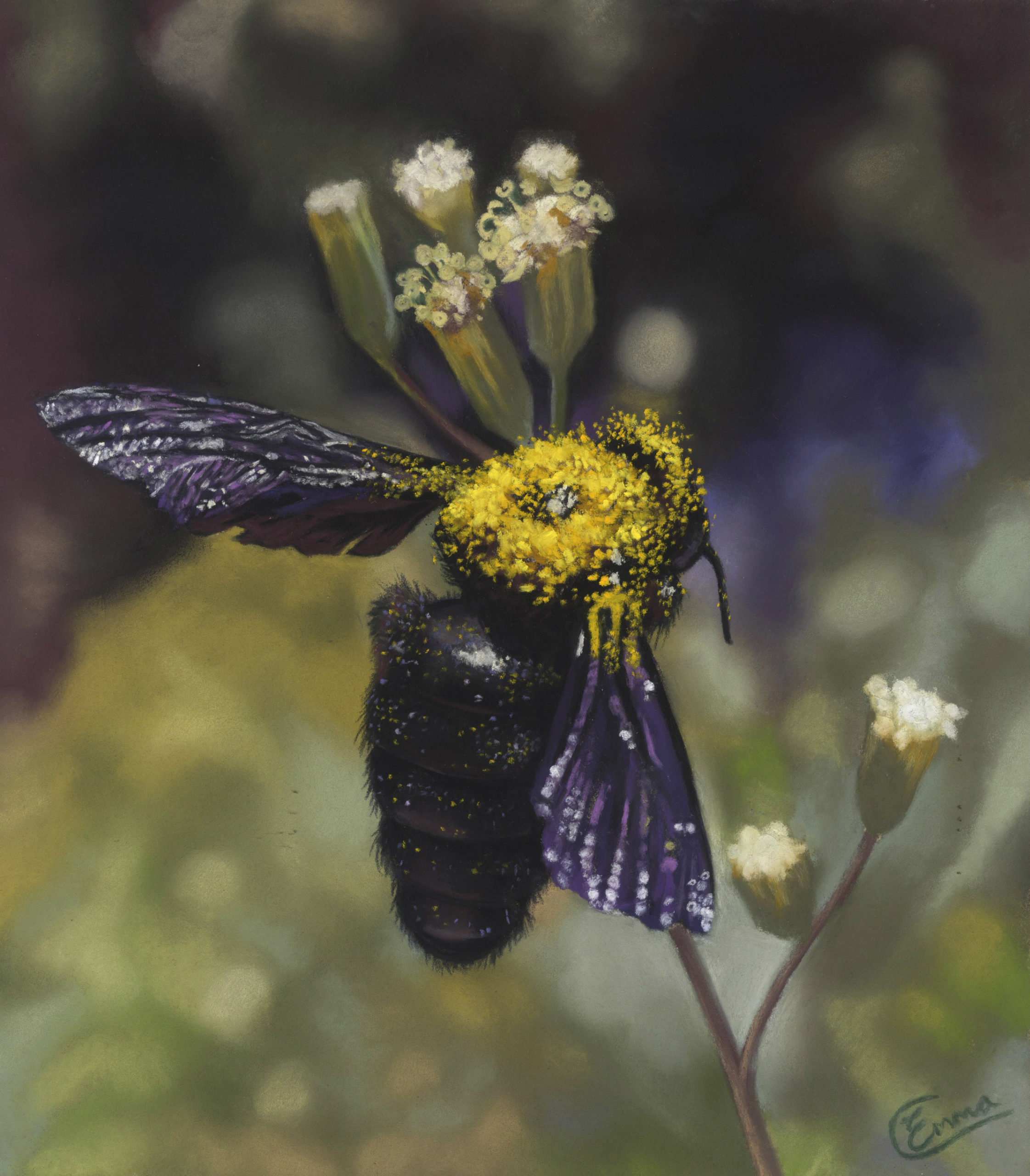
There is nothing that has been more influential to my style over the years than the paintings that taught me how to ‘see’ and use color. And it’s a journey I’m still on!”

